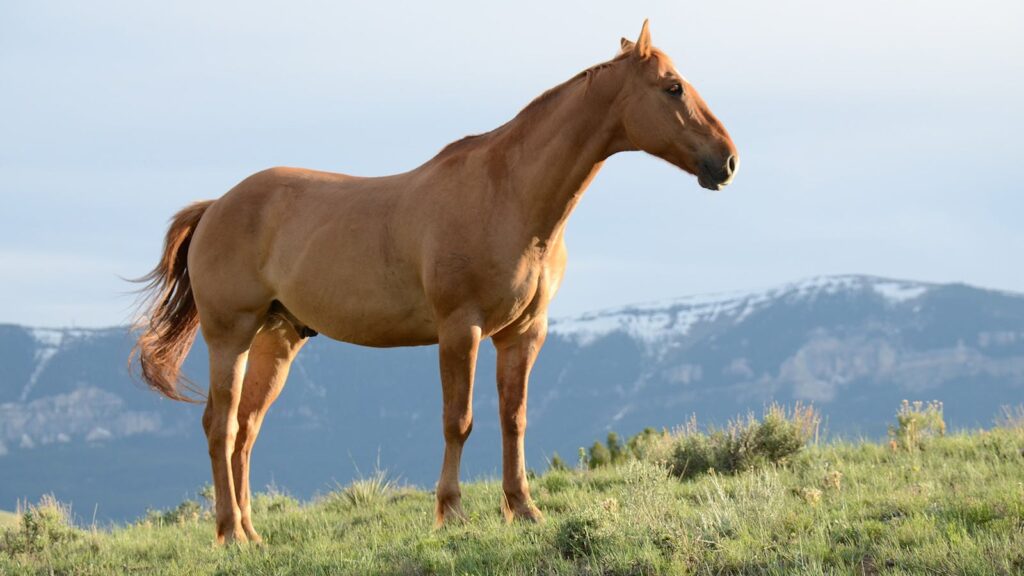Few things are more frustrating for riders than a horse that plants its feet and refuses to move forward. Whether you’re in the middle of a training session, trail ride, or competition, a horse that suddenly “puts on the brakes” can be both puzzling and problematic. This behavior, often called “balking” or “napping,” is not just inconvenient – it’s a communication signal that something isn’t right in the horse-rider relationship or in the horse’s physical or mental state. Understanding why horses refuse to go forward is the first step toward resolving this common issue, while implementing effective, humane solutions will help restore harmony and progress in your riding partnership.
Understanding the Nature of Forward Movement in Horses
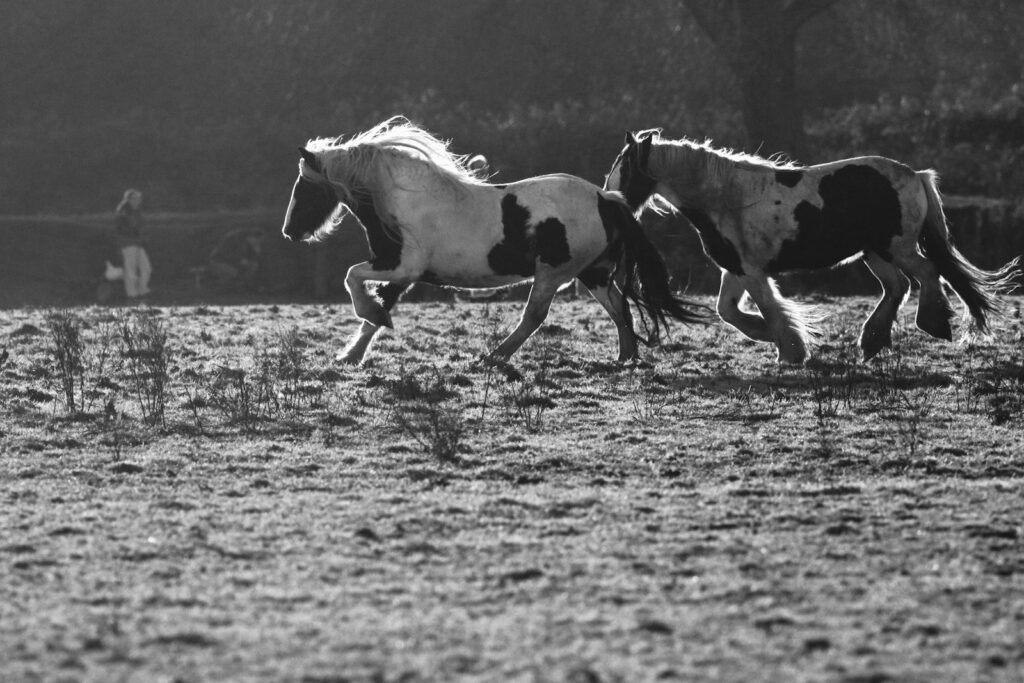
Horses are naturally flight animals with an innate desire to move forward when faced with pressure or perceived threats. In wild settings, a horse’s primary defense mechanism is to flee from danger, making forward motion their default response. This natural tendency is what makes horses trainable for riding in the first place—we can direct and channel this forward energy. When a domesticated horse refuses to move forward under saddle or in-hand, it’s essentially overriding this powerful instinct, which indicates that something significant is counteracting their natural tendency. Understanding this fundamental aspect of equine psychology helps us recognize that refusal to go forward isn’t simply “bad behavior” but rather a symptom of an underlying issue that requires our attention and compassion. The horse is essentially communicating that something in their physical state, mental condition, or environment feels wrong enough to override their deeply ingrained instinct to move ahead.
Physical Pain as a Primary Cause

One of the most common reasons horses refuse to move forward is physical discomfort or pain. Back pain from ill-fitting saddles, dental issues affecting bit comfort, hoof problems causing lameness, or muscle soreness can all make forward movement uncomfortable or even painful. A thorough veterinary examination is crucial when a horse suddenly develops or persistently shows resistance to moving forward. Pay particular attention to subtle signs of discomfort—head tossing, tail swishing, ear pinning, or tense facial expressions—which may indicate pain that isn’t obvious from the ground. Some horses may exhibit resistance only under certain conditions, such as when asked to canter or when working on particular surfaces, which can provide clues about the specific source of pain. Remember that horses are stoic animals that often endure considerable discomfort before showing obvious signs, making regular professional assessments essential even for horses that appear generally willing to work.
Fear and Anxiety-Based Resistance
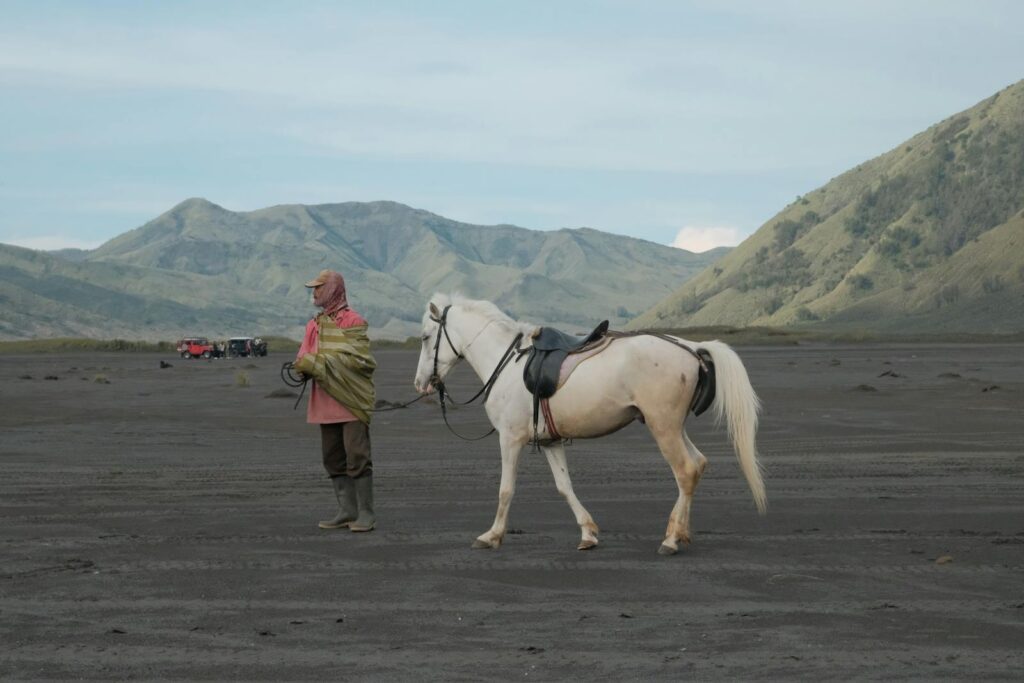
Horses may refuse to go forward when they’re frightened or anxious about something in their environment or about what they’re being asked to do. Novel objects, unfamiliar locations, loud noises, or previous negative experiences can all trigger fear responses that manifest as refusal to proceed. A horse that has had a traumatic experience crossing water, for example, may balk at every stream crossing thereafter. Similarly, a horse that associates a particular arena corner with a past frightening event may consistently avoid that area. Recognizing fear-based resistance is crucial because using forceful methods to push through it can worsen the problem by confirming the horse’s fears. Instead, addressing fear-based resistance requires patience, gradual desensitization, and creating positive associations that help the horse build confidence. Breaking intimidating tasks into smaller, manageable steps allows the horse to experience success and develop trust in both the handler and the situation.
Confusion from Mixed or Unclear Signals
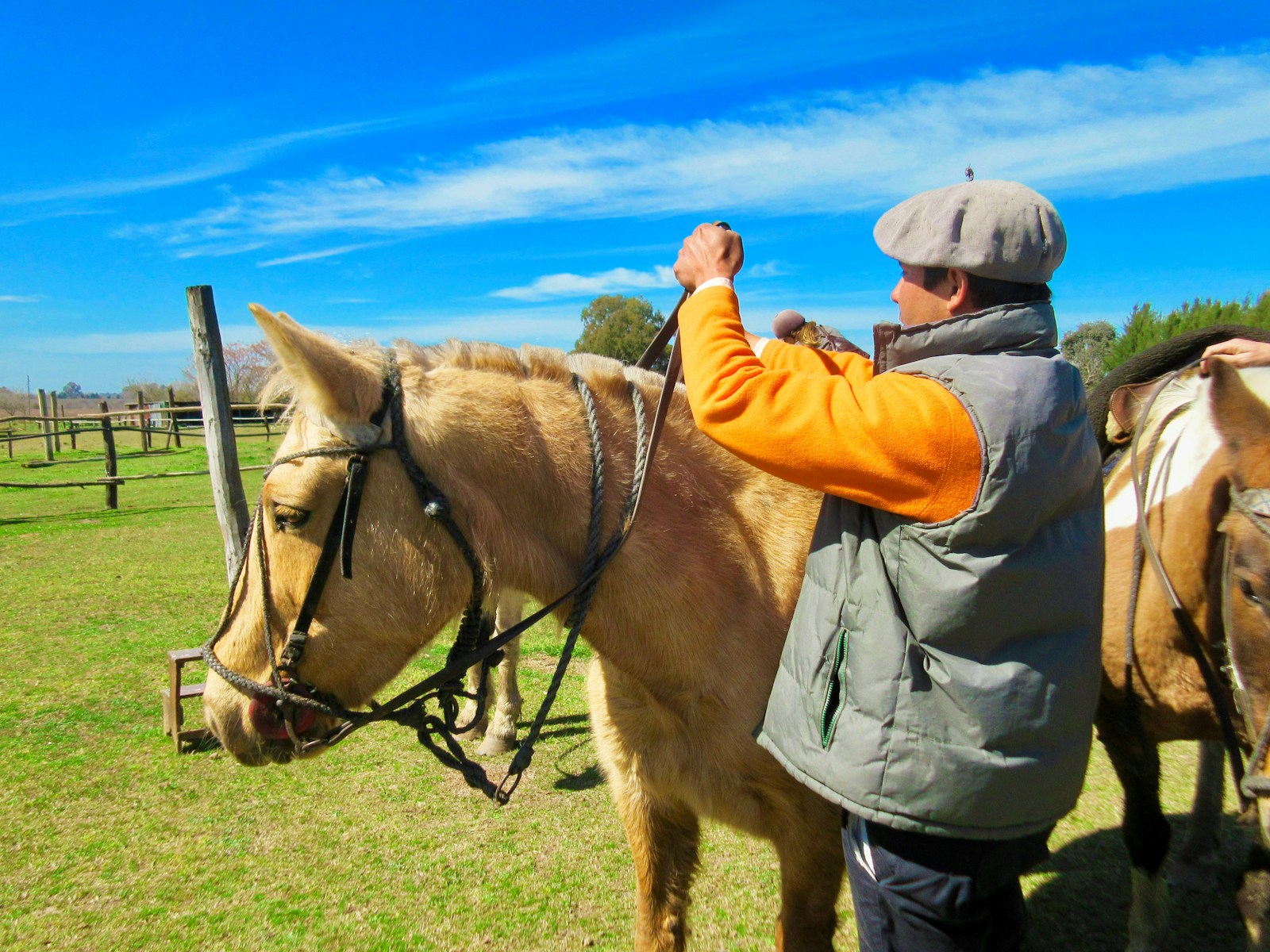
Horses thrive on clear, consistent communication, and confusion from mixed signals is a frequent cause of forward motion problems. When a rider simultaneously applies leg pressure asking for forward movement while unconsciously pulling back on the reins or tensing their body, the horse receives contradictory commands. Similarly, riders who escalate pressure too quickly without giving the horse time to understand and respond can create confusion and resistance. This problem is particularly common with novice riders who haven’t yet developed independent seat and hand coordination, or with experienced riders working with sensitive horses that react to subtle body cues. Horses may also become confused when training methods change frequently or when multiple riders with different styles work with the same horse. The confusion gradually leads to frustration, and the horse may eventually “shut down” and refuse to go forward rather than try to decipher conflicting signals, a response that’s sometimes misinterpreted as stubbornness when it’s actually a result of communication breakdown.
Learned Behavior and Reinforcement Patterns
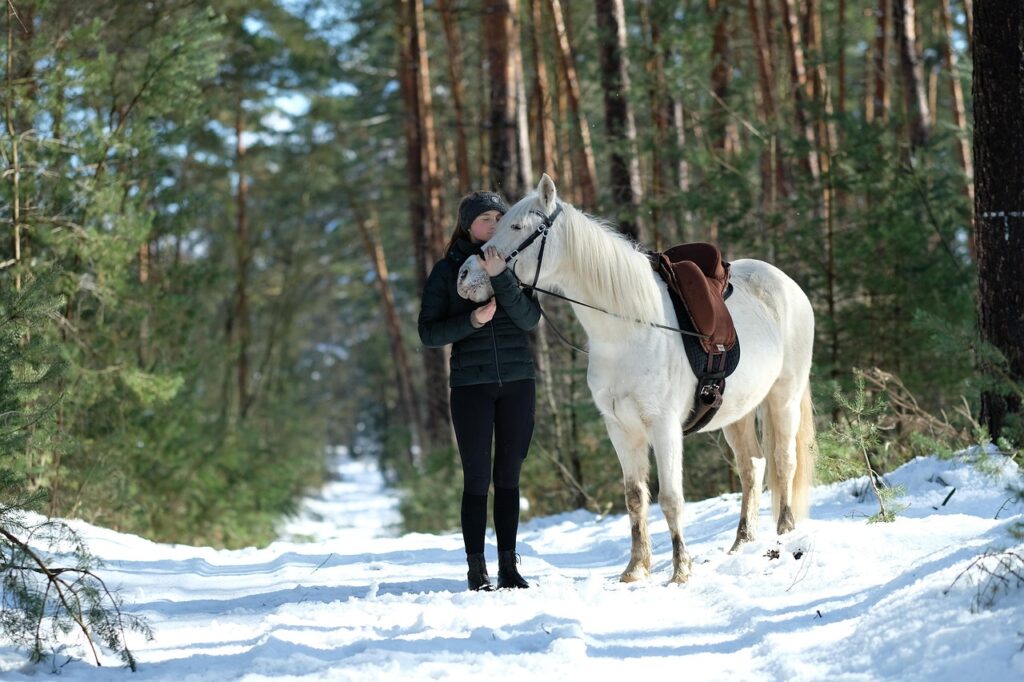
Horses are remarkably adept at learning patterns of behavior based on how their actions are reinforced. If a horse has learned that refusing to go forward results in the rider abandoning the request, returning to the barn, or offering treats and breaks as “bribes” to move, the refusal behavior becomes reinforced and more likely to recur. This type of learned resistance often develops gradually and can be difficult to recognize because it may begin with legitimate causes (like minor discomfort) but persist long after the original cause is resolved. A classic example is the lesson horse that learns to stop and refuse to move near the mounting block or arena gate, effectively ending the work session when less experienced riders give up. Similarly, horses may learn that planting their feet results in a release of pressure, or even in being hand-walked back to the stable—both outcomes that can be preferable to continued work from the horse’s perspective. Breaking these reinforcement patterns requires consistency and proper timing of pressure and release to reward forward movement rather than resistance.
Lack of Respect for Leadership
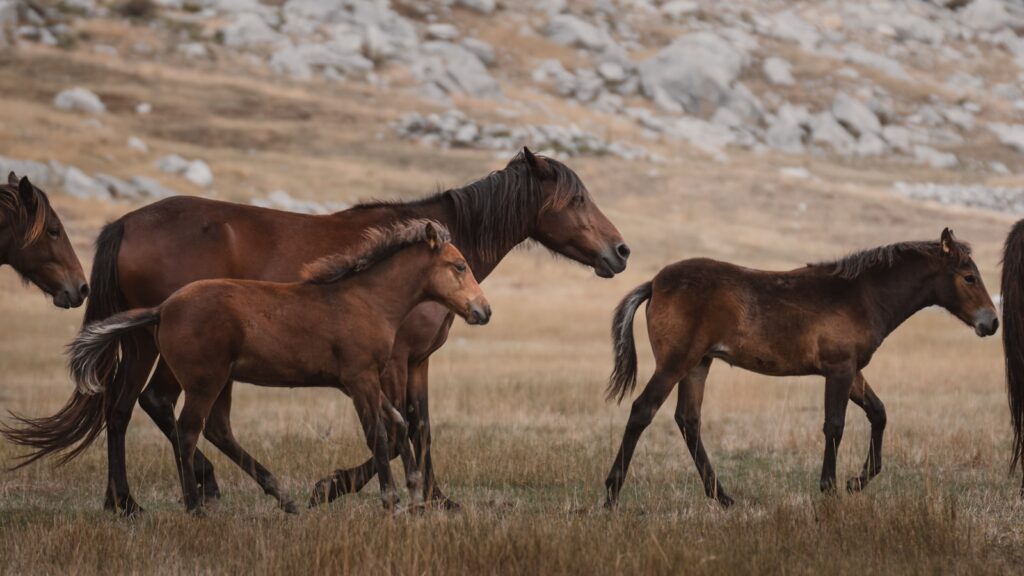
While often overemphasized in traditional training philosophies, respect issues can genuinely contribute to forward motion problems in some cases. Horses are hierarchical animals that naturally look for leadership, and a horse that doesn’t view its handler as a trustworthy leader may test boundaries by refusing to comply with requests to move forward. This dynamic is particularly common with horses that have learned they can intimidate their handlers or with inexperienced riders who lack confidence. Signs that respect issues may be at play include the horse moving willingly for some handlers but not others, or displaying other dominant behaviors like barging through gates, crowding space, or ignoring basic ground commands. Addressing respect-based resistance doesn’t require harsh methods but rather consistent, fair leadership that establishes clear boundaries while building the horse’s trust. Groundwork exercises that reinforce the handler’s leadership role can significantly improve under-saddle compliance, as can developing the rider’s confidence and clarity of expectations.
Improper Fitness or Physical Capability
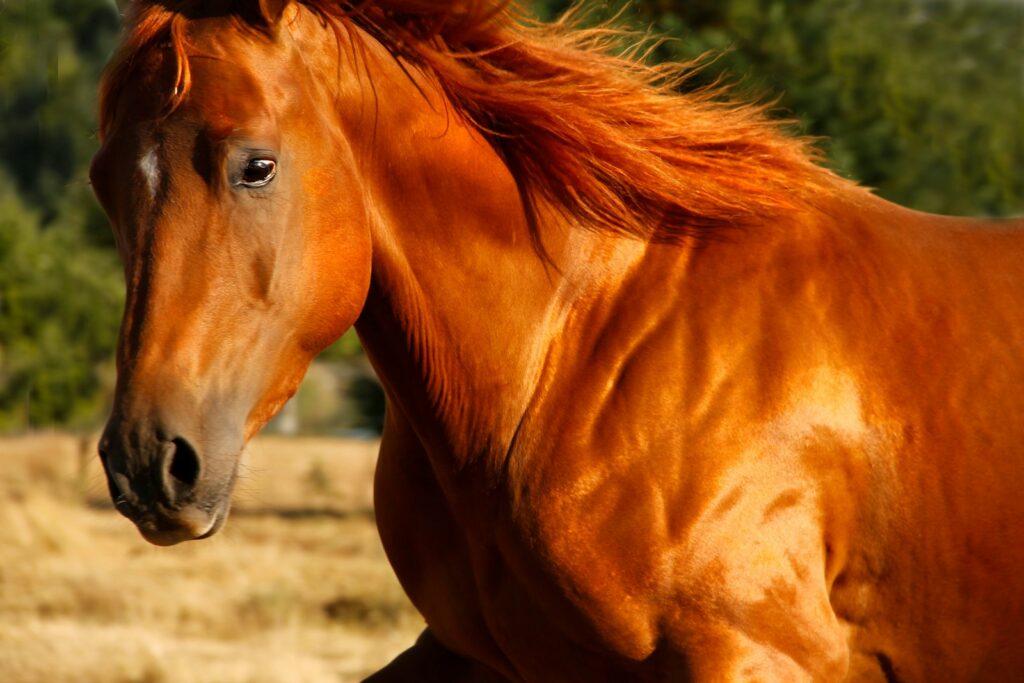
Sometimes horses refuse to go forward simply because they lack the physical capability or fitness level for what’s being asked of them. A horse that’s out of condition may willingly start work but then begin refusing as fatigue sets in. Similarly, a young or unbalanced horse might resist movements that are physically challenging or that require muscular development they haven’t yet achieved. This type of resistance is often misinterpreted as laziness or stubbornness when it’s actually a physical limitation. Clues that fitness may be the issue include progressive deterioration in willingness as the session continues, labored breathing, excessive sweating, or resistance that appears primarily during more demanding work. A thoughtfully designed conditioning program that gradually builds strength and endurance is essential for these horses, along with realistic expectations about their current capabilities. Working with equine sports medicine professionals can help determine appropriate fitness goals and exercise programs tailored to the individual horse’s needs and intended use.
Evaluating and Addressing Tack Issues
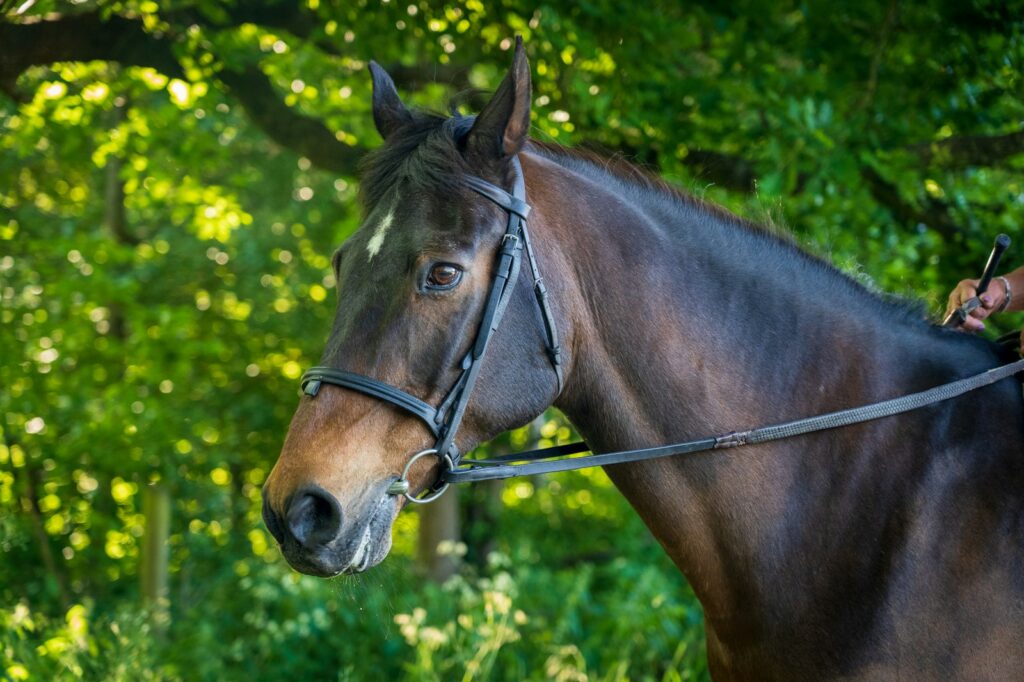
Ill-fitting or uncomfortable tack is a leading cause of resistance to forward motion that’s often overlooked. A saddle that pinches, bridges, or creates pressure points can make forward movement painful, while a poorly fitted bridle or harsh bit can cause mouth discomfort that the horse associates with moving forward. Less obvious tack issues include girths that restrict breathing or movement, boots that rub, and even saddle pads that create pressure points. Professional saddle fitting is essential for any horse showing signs of resistance, as is regular reassessment as the horse’s body changes with conditioning, age, and seasonal weight fluctuations. Experimenting with different bits, bridles, or going bitless (where appropriate) may reveal tack sensitivities you weren’t aware of. Pay particular attention to how the horse behaves immediately after tacking up—signs like repeatedly turning to look at the saddle, reluctance to move out initially, or improvement after a lengthy warm-up period can indicate tack-related discomfort that becomes tolerable as the horse warms up.
The Role of Past Training Methods
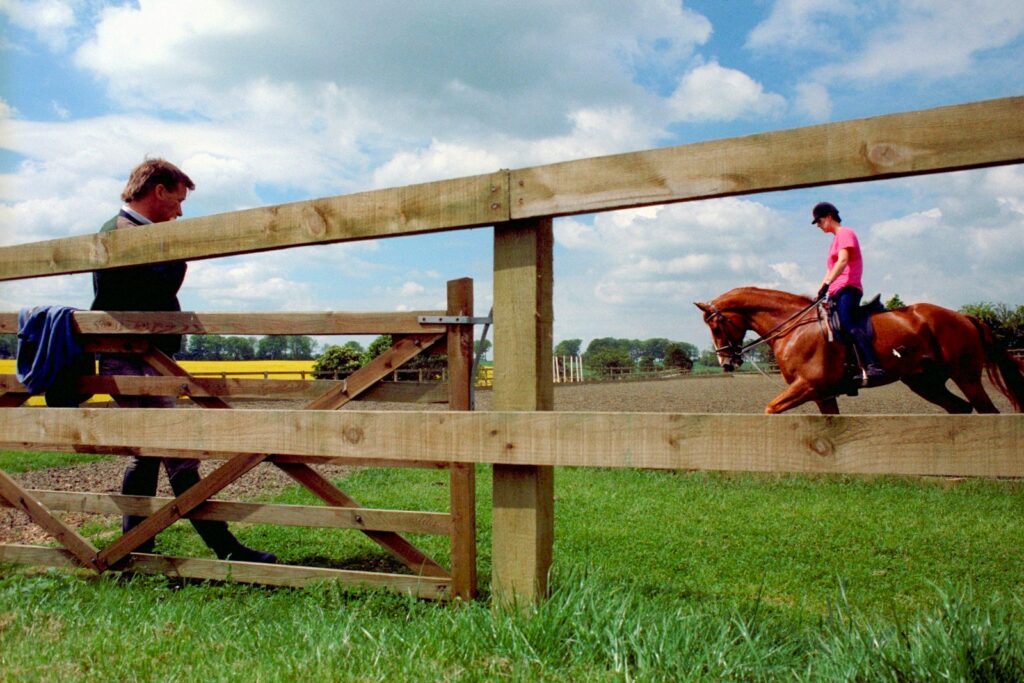
A horse’s previous training experiences can significantly impact its willingness to move forward, especially if those experiences involved fear, pain, or confusion. Horses with training histories that included harsh punishment for mistakes, excessive use of artificial aids, or training methods that created mental or physical stress may develop deep-seated resistance as a protective mechanism. Similarly, horses trained through mechanical means rather than clear communication may lack understanding of basic pressure-release principles. These training “holes” can manifest as seeming resistance when the horse simply doesn’t understand what’s being asked. Investigation into the horse’s background can provide valuable context for understanding resistance patterns, though this information isn’t always available with rescues or horses that have changed hands multiple times. Retraining these horses requires extraordinary patience and consistent, positive experiences that gradually replace negative associations with confidence in the handler and the training process. Professional guidance is often valuable in these cases, as is a willingness to backtrack to fundamental lessons that may have been skipped or improperly introduced.
Assessing and Improving Rider Biomechanics
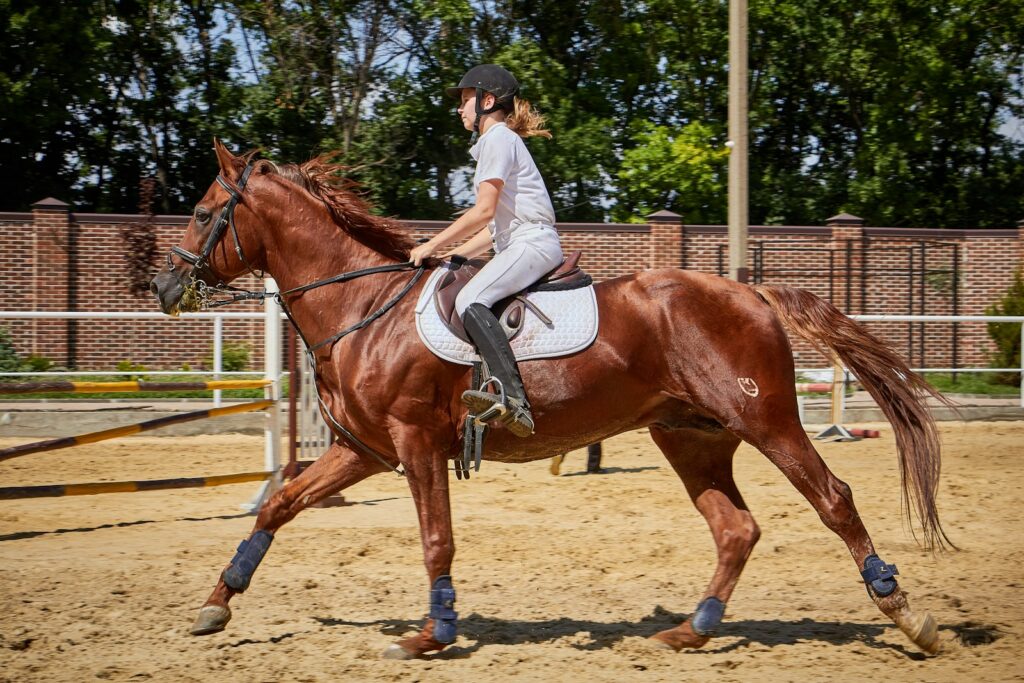
Rider position, balance, and biomechanics can directly influence a horse’s willingness to move forward. An unbalanced rider, especially one who leans forward, sits heavily to one side, or bounces against the horse’s back, creates physical discomfort that may cause the horse to resist moving. Similarly, riders with tense bodies transmit that tension to their horses, potentially triggering bracing and resistance. Even accomplished riders can develop subtle biomechanical issues that their horses detect and respond to with resistance. Regular lessons with a qualified instructor who can observe and correct position flaws are invaluable, as is video analysis of riding sessions. Some riders benefit from cross-training in disciplines like yoga, Pilates, or Alexander Technique to develop body awareness and improve symmetry. Riding without stirrups or on a longe line can help develop an independent seat, while exercises focusing on isolating aids help prevent the common problem of contradictory signals. Remember that improving biomechanics is an ongoing process even for professional riders, and small adjustments can make significant differences in the horse’s willingness to go forward.
Developing an Effective Forward Button
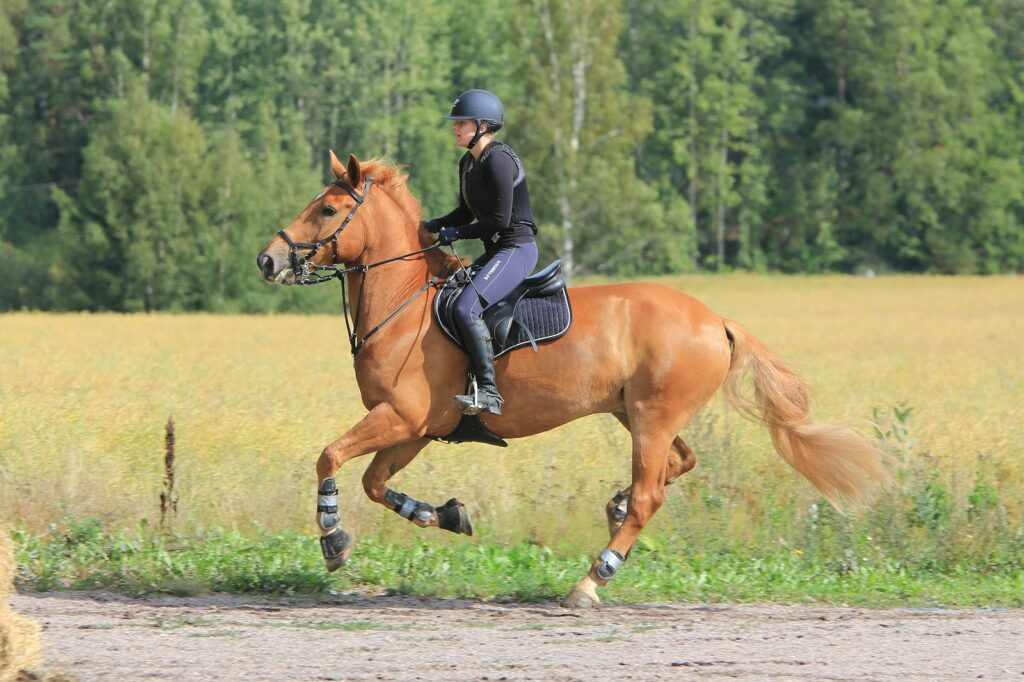
Creating a reliable response to forward cues is fundamental to resolving resistance issues. This process begins with establishing clear, consistent signals that the horse can easily understand. Start in a controlled environment where the horse feels secure, using the lightest possible leg pressure and progressively increasing it only if necessary. The moment the horse shows any forward movement, immediately release the pressure and offer positive reinforcement – this timing is crucial for the horse to understand what you’re asking. For horses with entrenched resistance patterns, it may be necessary to temporarily return to groundwork, using a combination of voice commands and light pressure to reestablish the forward response before transferring it to ridden work. Consistency is absolutely essential; every handler who works with the horse should use the same cues and maintain the same expectations to avoid confusion. Remember that developing a reliable forward response is a foundation that requires patience and may take weeks of consistent work, especially with horses that have developed strong resistance patterns over time.
Using Groundwork to Rebuild Confidence
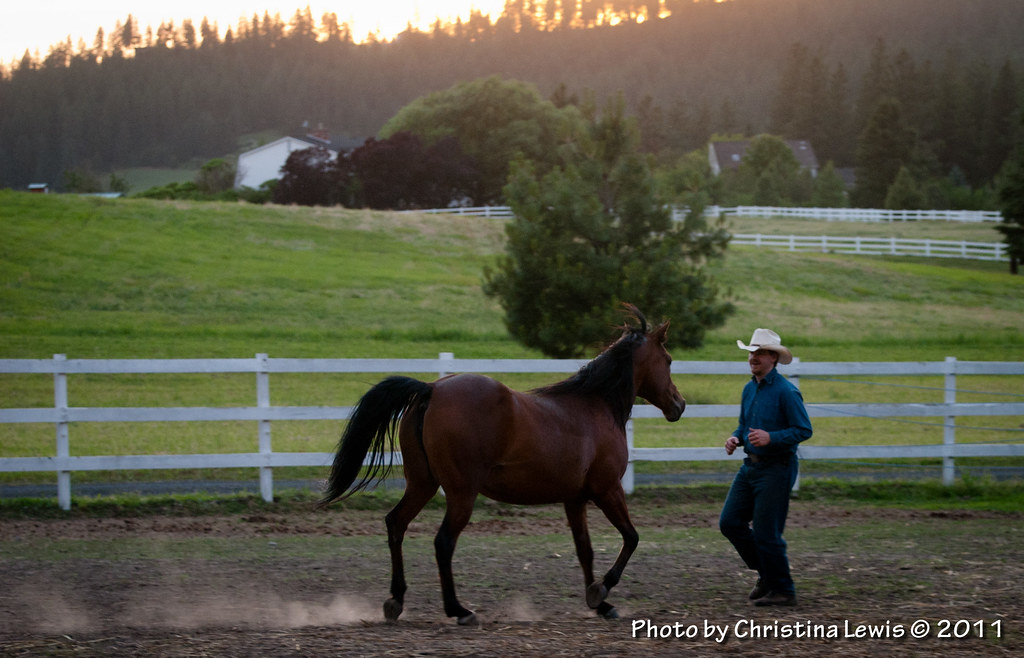
Groundwork provides a valuable foundation for addressing forward motion issues by establishing clear communication and building the horse’s confidence without the added complexity of a rider. Effective groundwork progression begins with basic leading exercises where the horse learns to move promptly forward from light pressure, then advances to longeing and liberty work that reinforces forward movement from subtle cues. Particularly useful are exercises that teach the horse to move away from pressure applied to different parts of the body, simulating the leg aids used under saddle. For fearful horses, groundwork allows the handler to guide them past scary objects or situations while remaining in a position to offer reassurance and clear direction. This foundation transfers remarkably well to ridden work, as the horse develops both the habit of moving forward from light cues and the trust in the handler necessary for confidence. Groundwork sessions should be kept positive and progressive, with clear rewards for correct responses and a focus on building the horse’s understanding rather than enforcing compliance.
When to Seek Professional Help
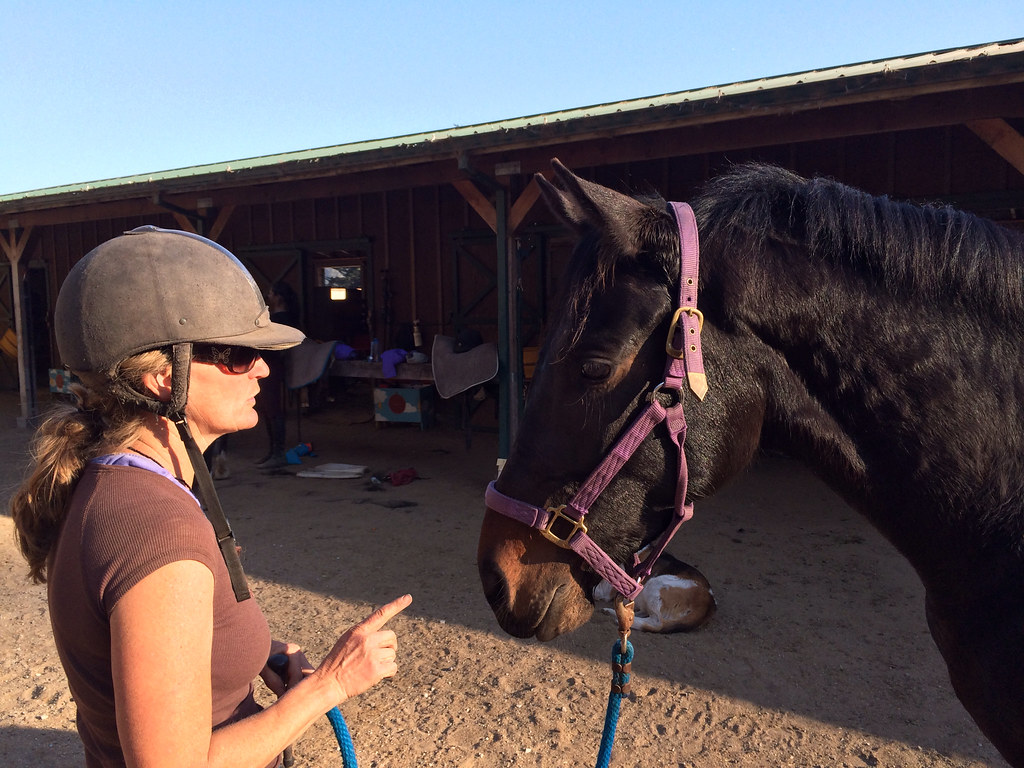
While many forward motion issues can be resolved through careful analysis and consistent training, some situations warrant professional intervention. Persistent resistance that doesn’t improve with basic troubleshooting, sudden changes in behavior, or resistance accompanied by unusual physical signs should prompt immediate consultation with a veterinarian to rule out medical causes. Once medical issues are addressed or ruled out, working with a qualified trainer who specializes in behavior problems can provide fresh perspective and specialized techniques for challenging cases. Professional trainers can also help identify subtle rider contributions to the problem that may not be apparent to the rider themselves. When selecting professional help, look for trainers who use humane, progressive methods focused on understanding the root cause rather than simply suppressing the resistance through force. Be wary of quick-fix approaches that promise immediate results, as sustainable improvement typically requires addressing underlying issues and rebuilding trust and communication over time. Remember that seeking help is not an admission of failure but rather a commitment to finding the most appropriate solution for your horse’s wellbeing and your partnership.
Maintaining Progress and Preventing Recurrence
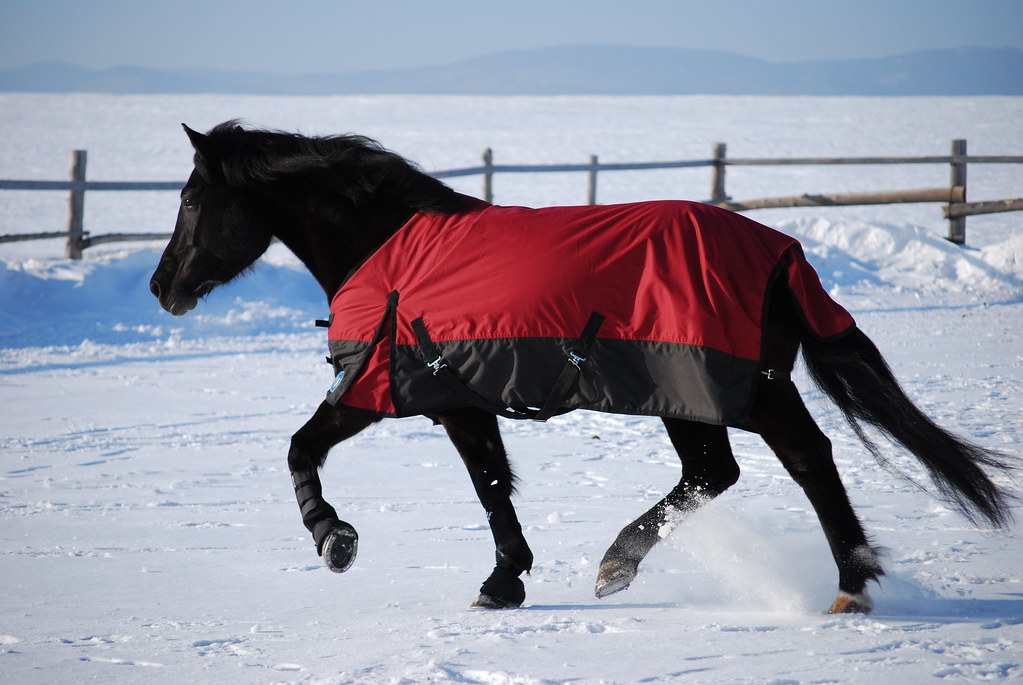
Once you’ve successfully addressed forward motion issues, maintaining that progress requires ongoing attention to the factors that caused the problem initially. Establish a regular schedule for veterinary check-ups, saddle fitting assessments, and dental care to catch physical issues before they affect performance. Implement a consistent training program that balances challenging work with confidence-building exercises, and be mindful of gradually building fitness to match performance expectations. Pay particular attention to transitions in routine – changes in housing, feeding, exercise level, or riders can trigger recurrence of resistance patterns in sensitive horses. Keep detailed records of your horse’s behavior, noting any patterns in when resistance occurs and what resolves it, as this information becomes invaluable if problems begin to resurface. Perhaps most importantly, maintain the clear communication and trust you’ve built by consistently reinforcing forward responses with appropriate timing of pressure and release. With proper attention to these factors, most horses maintain their willingness to go forward eagerly, resulting in a more enjoyable and productive partnership for both horse and rider.
Addressing a horse’s reluctance to move forward requires patience, compassion, and methodical problem-solving. By investigating potential physical issues, addressing fear and anxiety, clarifying communication, and establishing consistent expectations, riders can typically resolve even longstanding resistance problems. Remember that a horse’s refusal to go forward is rarely simple defiance, but rather a communication signal that something in their physical state, mental condition, or understanding needs attention. Approaching the issue with this mindset—seeking to understand rather than to dominate—not only resolves the immediate problem but strengthens the trust and partnership that makes riding truly rewarding. With thoughtful application of the principles outlined above, most horses can rediscover their natural willingness to move forward under saddle, resulting in a happier, more confident horse and a more effective, satisfied rider.

